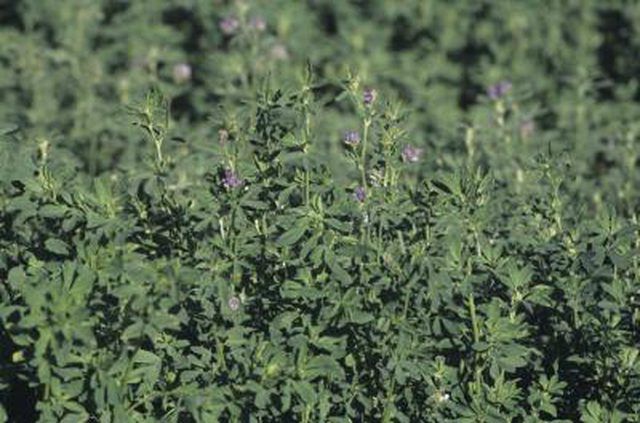Bulbs
Flower Basics
Flower Beds & Specialty Gardens
Flower Garden
Garden Furniture
Garden Gnomes
Garden Seeds
Garden Sheds
Garden Statues
Garden Tools & Supplies
Gardening Basics
Green & Organic
Groundcovers & Vines
Growing Annuals
Growing Basil
Growing Beans
Growing Berries
Growing Blueberries
Growing Cactus
Growing Corn
Growing Cotton
Growing Edibles
Growing Flowers
Growing Garlic
Growing Grapes
Growing Grass
Growing Herbs
Growing Jasmine
Growing Mint
Growing Mushrooms
Orchids
Growing Peanuts
Growing Perennials
Growing Plants
Growing Rosemary
Growing Roses
Growing Strawberries
Growing Sunflowers
Growing Thyme
Growing Tomatoes
Growing Tulips
Growing Vegetables
Herb Basics
Herb Garden
Indoor Growing
Landscaping Basics
Landscaping Patios
Landscaping Plants
Landscaping Shrubs
Landscaping Trees
Landscaping Walks & Pathways
Lawn Basics
Lawn Maintenance
Lawn Mowers
Lawn Ornaments
Lawn Planting
Lawn Tools
Outdoor Growing
Overall Landscape Planning
Pests, Weeds & Problems
Plant Basics
Rock Garden
Rose Garden
Shrubs
Soil
Specialty Gardens
Trees
Vegetable Garden
Yard Maintenance
How Much Alfalfa Seed Do I Plant Per Acre?
How Much Alfalfa Seed Do I Plant Per Acre?. Alfalfa grows in many different climates. It can be grown where there is adequate water or in arid areas. It will also grow well in fields that have high alkalinity, meaning high soil pH. Alfalfa is great feed for livestock. It can have over 14 percent protein if harvested prior to plant maturity. Knowing...

Alfalfa grows in many different climates. It can be grown where there is adequate water or in arid areas. It will also grow well in fields that have high alkalinity, meaning high soil pH. Alfalfa is great feed for livestock. It can have over 14 percent protein if harvested prior to plant maturity. Knowing how to plant the crop is important if you want to grow alfalfa successfully.
Considerations Before Planting Alfalfa
There are a few things you must determine about the land and climate conditions prior to seeding alfalfa. If the rainfall is less than 14 inches per year, you are in an arid region. In that case, you can either add supplemental water by irrigating the crop, or let it grow without added water. If you are not irrigating, it is called a dryland crop, which will affect your planting.
Seeding Rates for Humid and Irrigated Alfalfa
The seeding rate for irrigated fields, or fields that receive adequate moisture from rainfall, is 15 to 20 lbs. per acre. This rate is applied when you're using a machine called a drill to plant the seed. If you are just throwing the seed on the ground in a broadcast fashion, you will need to use up to 25 lbs. of seed per acre. This is because broadcast seeding is random.
Seeding Rates for Dryland Alfalfa
The seeding rate for fields in arid regions that will not be irrigated is 8 to 10 lbs. per acre. This low rate is warranted because the final stand of alfalfa needs to be reduced. Arid lands will not support dense stands of alfalfa. If you seed too heavily, a large number of alfalfa plants will die. This will not lower yields at harvest, but it's a waste of expensive seed.
Seeds Per Square Foot
You may be interested in knowing how many alfalfa seeds you will be planting. For every pound of alfalfa seed you plant per acre, you will be planting about five seeds per square foot. Seeding at the rate of 20 pounds per acre will result in 100 seeds per square foot. This may seem like a lot of alfalfa plants, but keep in mind that 60 percent or more of the seeds will not grow to maturity.